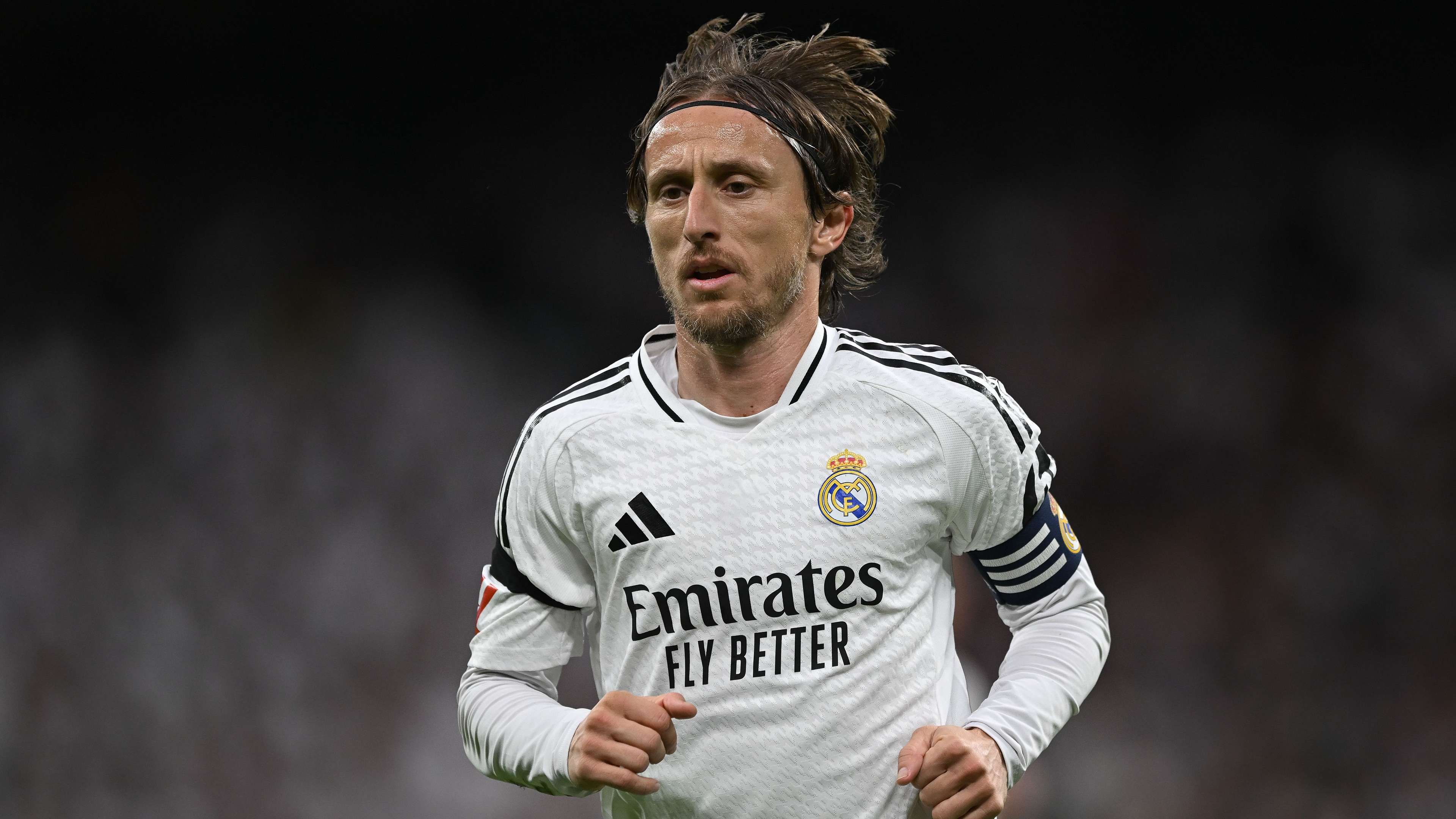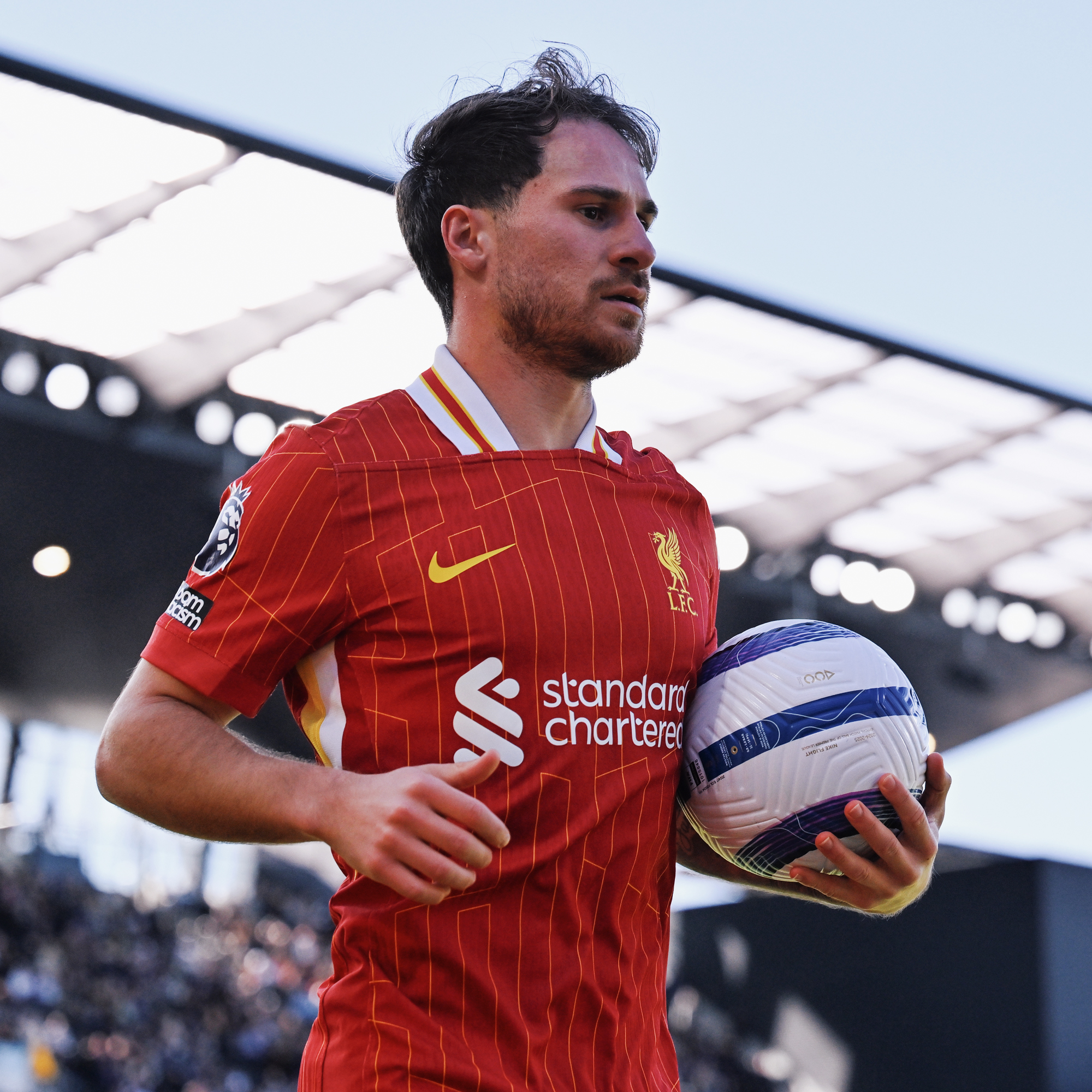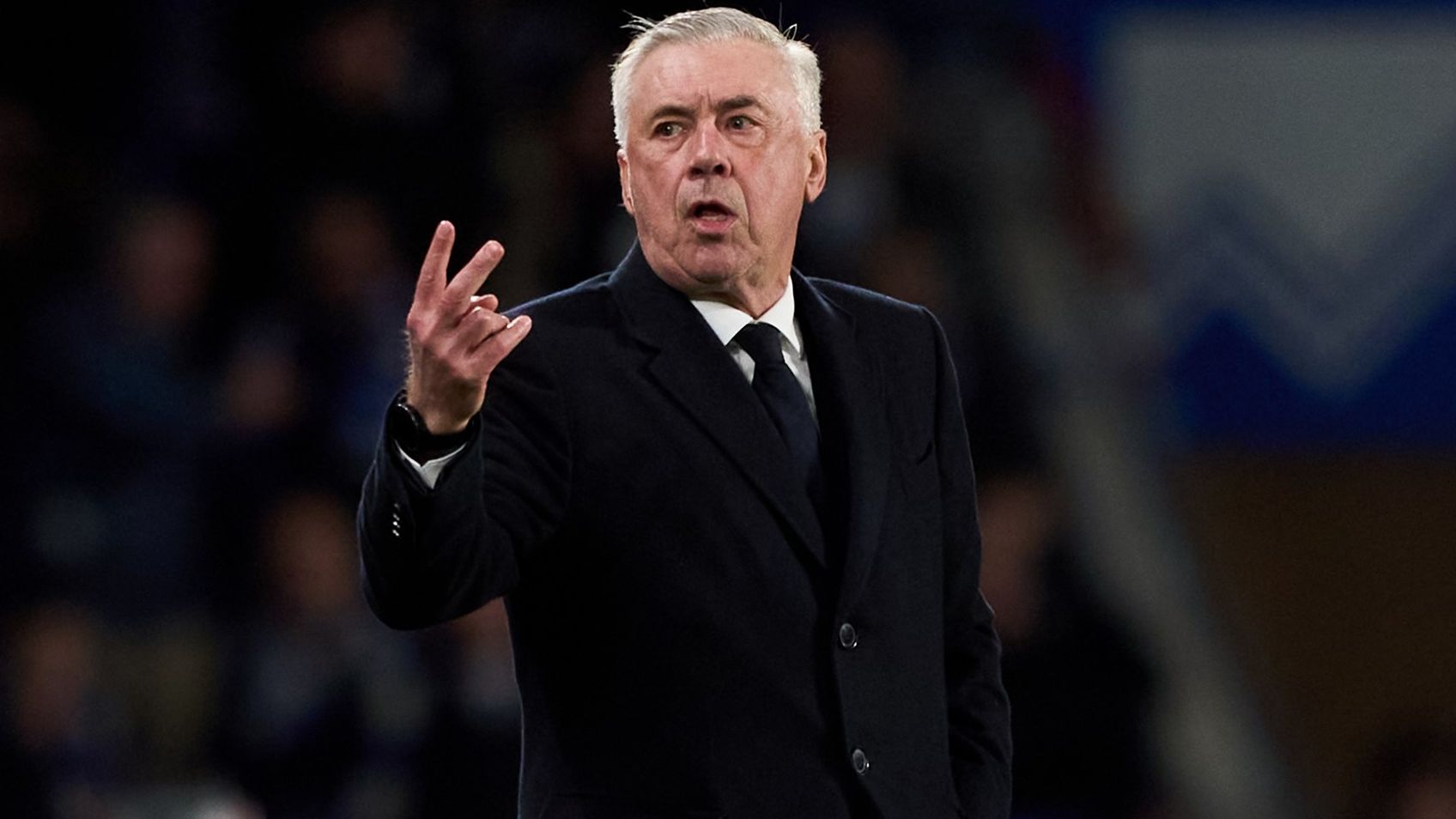With the season entering its final stretch, Real Madrid supporters are gripped by a rare sense of anxiety. In La Liga, Los Blancos trail bitter rivals Barcelona by four points.
In Europe, they face the daunting task of overturning a 0–3 deficit against an in-form Arsenal in the Champions League quarterfinals.

For a club that has lifted the European Cup a record 14 times, the current sense of vulnerability feels unprecedented. The warning signs are clear: the once-dominant midfield, long considered the engine of the team, now looks broken.
The Golden Midfield Is Fading — and With It, Madrid’s Aura
Statistically, the decline is stark. Real Madrid’s midfield duel success rate has dropped from 70% last season to just 61% this year—now only the fourth-best in La Liga.
Even more alarming is the 18% error rate in passing within the opposition half, which has led to a 43% increase in goals conceded from counterattacks.

Legendary midfielder Luka Modrić, now 39, remains a tactical mastermind, but his physical output is no longer what it once was.
Asking him to sustain 11.3 kilometers per 90 minutes is simply unrealistic. And therein lies the crisis: the midfield, once the source of control and rhythm, has lost its grip.
From Liverpool Concrete to Madrid’s Potential Anchor
In response, Real Madrid have identified Liverpool’s Argentine maestro Alexis Mac Allister as their top transfer target for the summer.
A World Cup winner and one of the Premier League’s most complete midfielders, Mac Allister embodies the very qualities Madrid now lack: composure under pressure, defensive resilience, and surgical ball progression.

According to 2024–25 Premier League data, he averages 2.8 tackles per game (third among midfielders) while maintaining an impressive 86% pass accuracy—highlighting his balance between physical engagement and technical execution.
Heat maps reveal that Mac Allister thrives around the center circle, operating more as a stabilizing hub than a traditional playmaker.
nlike Modrić, who prefers attacking through the right interior channel, the Argentine sits deeper, setting the tempo and breaking up play. He’s less of a metronome and more of a tactical anchor.
Beyond the Pitch: The Return of South American Identity
Madrid’s interest in Mac Allister goes beyond the tactical. Since the departures of Ángel Di María, Gonzalo Higuaín, and Fernando Gago, Real have lacked a significant Argentine presence.
Bringing in a World Cup–winning Argentine midfielder could reinvigorate not only the club’s on-pitch structure but also reestablish connections with South American scouting networks and commercial markets.

For a club steeped in the legacy of Di Stéfano, the symbolic value of reconnecting with Argentina cannot be understated.
Liverpool’s Calculated Ambiguity — But the Price Could Top €100M
Publicly, Liverpool have declared Mac Allister “not for sale,” but insiders know Fenway Sports Group operates with a clear financial logic. If the offer is right, every player has a price.
Currently valued at €88 million by Transfermarkt and under contract until 2027, Mac Allister’s projected transfer fee could exceed €105 million when factoring in age, form, and contract length.

That figure aligns almost exactly with the upper limit of Florentino Pérez’s wage structure policy—suggesting a delicate but feasible negotiation window.
Artist or Grinder? The Tactical Debate Dividing Madridistas
Debate rages within Madrid fan forums. Skeptics argue that Mac Allister averages just 1.4 key passes per game—less than half of Modrić’s peak output—questioning whether he can truly lead the midfield creatively.
Supporters counter that in modern football, the midfield’s role has evolved from being an orchestra conductor to a space dominator.

And in that new role, Mac Allister shines.
His value lies not in threading 40-meter Hollywood passes, but in performing three high-pressure actions—duel, pass, recover—within tight 7-square-meter pockets.
This, they argue, is exactly the kind of compact, high-intensity midfield play that Real lacked during their Champions League collapse against Arsenal.
The Real Puzzle: Avoiding the “Three Destroyers” Conundrum
Yet Mac Allister’s profile raises a new concern: tactical overlap.
His style bears considerable resemblance to Aurélien Tchouaméni and Eduardo Camavinga.
All three are combative, high-volume midfielders. If not properly deployed, they risk crowding each other out and clogging the transition lanes—leading to a scenario of “three warriors, no architect.”
.jpg?auto=webp&format=pjpg&width=3840&quality=60)
Carlo Ancelotti must reimagine his midfield triangle. One likely blueprint could involve Mac Allister dropping deeper as a first-phase distributor, Camavinga acting as the roaming disruptor, and Jude Bellingham shifting further upfield as a liberated No. 10—forming a structure of stability, destruction, and creation.
The Reset Must Begin in Midfield
No matter how the current campaign concludes, Real Madrid’s summer will revolve around one core mission: rebuilding their midfield.
With Modrić approaching swan songs, the club must identify a new anchor who offers tactical clarity, psychological maturity, and long-term stability.
Mac Allister may not be the heir to Modrić’s magic, but he could very well be the engine that drives Madrid’s next great cycle. He’s not the next maestro—but he might just be the next heart.

And Real Madrid’s future could start with his very first pass.







